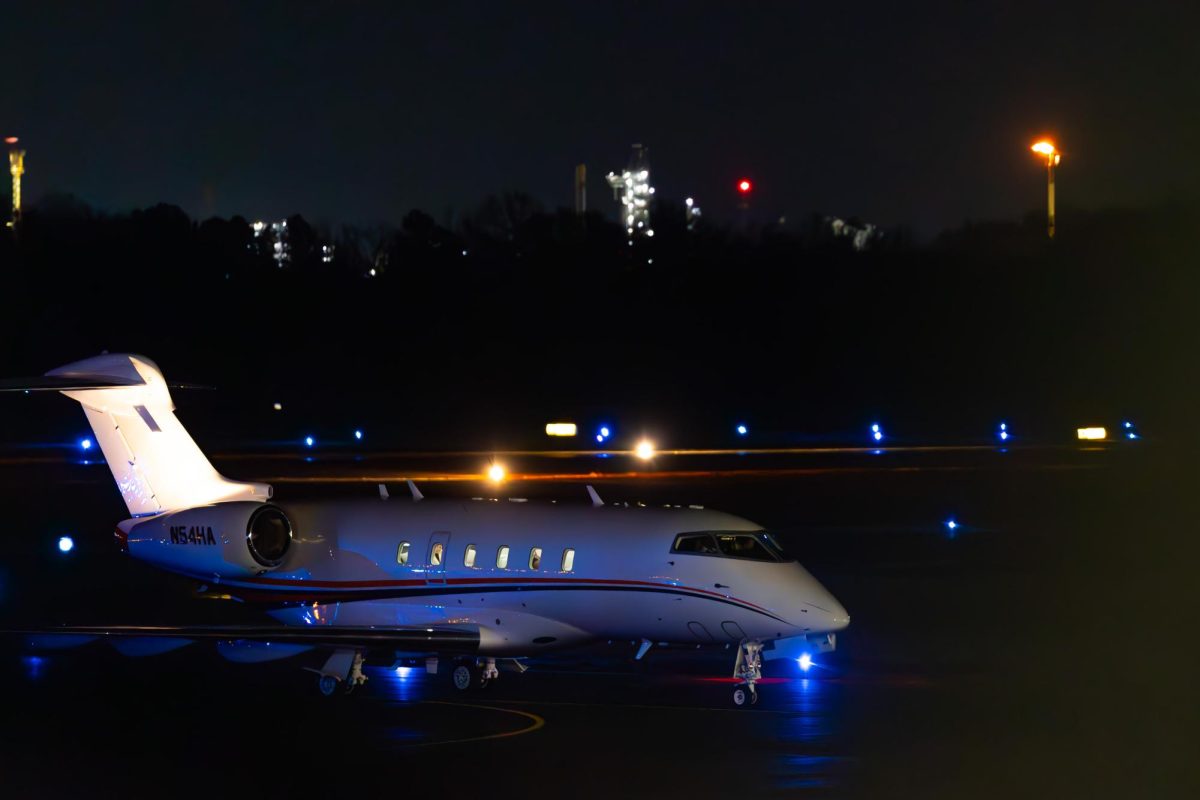According to USA Facts, air travel is one of the safest forms of transportation, but aviation safety remains a continuous challenge that keeps evolving.
On Jan. 29, a collision in the air took place over the Potomac River near Washington D.C., involving an American Airlines commercial jet and a U.S. Army Sikorsky UH-60 Black Hawk helicopter.
The accident resulted in 67 deaths across both aircrafts.
Through advancements, the industry has significantly reduced accident rates. However, tragedies like the recent crash in Washington, D.C., show that there are still potential risks. Although there are regulations in place, incidents still occur, showing the need for improvements.
Aircrafts are equipped with advanced technology to further enhance safety, such as Traffic Collision Avoidance Systems, Enhanced Ground Proximity Warning Systems, advanced weather radar systems and fly-by-wire systems. These technologies have lowered the risk of accidents, but they are only effective if protocols and training are used correctly.
“This one was different for me because I was on a plane the day before the crash with two of my friends,” said Cyrus Harshbarger, a sophomore majoring in political science. “It just goes to show that any day could be your last and we should take all the blessings we can.”
Human error is a significant factor in these accidents, making pilot training crucial. Airlines and training organizations emphasize simulation-based training to prepare pilots in the event of an emergency. Strict work hours are put in place to ensure pilots are well-rested and alert during flights, as well as certain procedures and checklists they have to follow to minimize errors and keep consistency in decision-making.
Pre-flight inspections are usually done to check on the plane’s reliability, looking for any concerns before takeoff. There are also scheduled maintenance checks to protect the safety of the plane and passengers while also extensively completing a check of the overhaul.
“That’s why flying is the safest form of transportation,” said John Cope, a retired pilot. “If cars and buses and trains all had that same scrutiny at every accident, they’d be as safe as flying.
Even with high maintenance standards, unexpected mechanical failures can be reasons accidents happen, highlighting the need for continuous advancements in the durability and reliability of the aircraft.
Air traffic control plays a big role in plane safety by managing aircraft movements to make sure there are safe distances between flights. Radar communication systems precisely track and coordinate the plane and its flight path.
Airlines implement Safety Management Systems to identify risks and improve operational safety standards. Automatic Dependent Surveillance-Broadcast provides real-time location to improve situational awareness of the surrounding flights.
“They’ll reassemble the plane in a hangar trying to decide exactly what happened,” Cope said. “The whole point of these investigations is to identify the cause, not to blame somebody, but to make sure it doesn’t ever happen again.”
Despite these safety measures, accidents still occur, emphasizing the need for continuous improvements.
The Black Hawk crash in Washington caused people to question the effectiveness of air traffic management, proving the need for more improvements in coordination and communication between military aircraft and commercial flights.
Kallie Hiller, a senior majoring in accounting, said the crash doesn’t change the way she views American Airlines, as she is a frequent flyer with the company.
“I don’t find it to be their fault,” she said. “I don’t think this was in their control, and it could’ve happened to any other airline.”
Harshbarger said that he thinks the crash was not American Airlines’ fault: “Their planes are safe, and this was an unfortunate tragedy.”
Preliminary investigations by the National Transportation Safety Board stated that the Black Hawk was flying at an altitude of 300 feet, above the permitted 200 feet, while the commercial jet was descending at 325 feet leading up to the crash.
The incident raised concerns about aviation coordination, following of flight protocols, and the importance of air traffic management. The National Transportation Safety Board is still investigating to determine the exact cause and to put other measures in place to prevent similar crashes in the future.
“I have many questions, and not getting answers to some of them is frustrating since innocent lives were lost,” Hiller said. “It seems like this accident could have been prevented if proper protocols had been followed.”
Pieter Boer, a senior chemistry major, said he viewed the crash as a reminder for more improvement in air traffic control.
“I think the crash was incredibly tragic, with so many lives unnecessarily cut short,” he said. “To me, the crash is a further indication of our country’s desperate need for additional air traffic control to match the demand for air travel.”
Sarah Millsaps, a freshman biology major, first questioned the safety of American Airlines but later had more trust in the company.
“My first instinct was to view American Airlines as unsafe, but as I read more of the story and thought about it, I realized that it was not reasonable to blame an entire corporation for an accident,” she said. “Unfortunately, crashing is also an accepted risk when people go on planes, but because there is such a low possibility of a plane crashing, people are willing to fly.”









